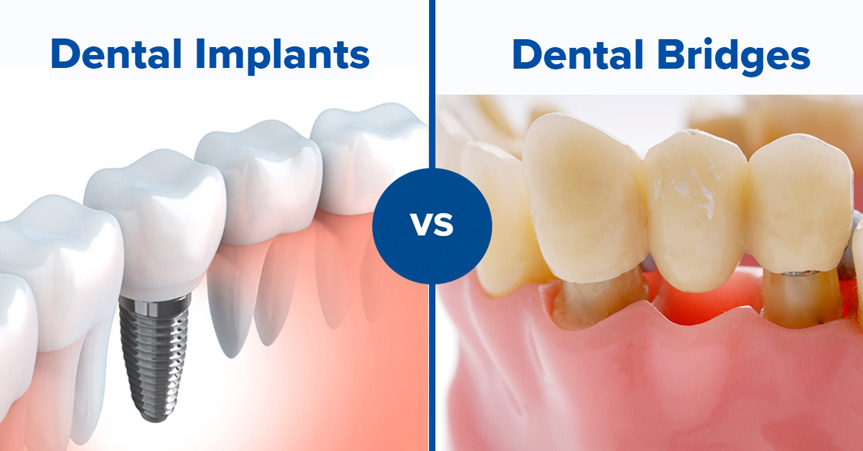
A dental bridge is a prosthetic device used to replace one or more missing teeth by "bridging" the gap between healthy teeth. It consists of one or more artificial teeth (pontics), which are anchored in place by adjacent teeth, known as abutment teeth. Dental bridges not only restore the function of missing teeth but also enhance the aesthetics of your smile.
Made from materials like porcelain, ceramic, or metal, dental bridges offer a durable and long-lasting solution for those suffering from tooth loss. They blend seamlessly with your natural teeth, restoring your ability to chew, speak, and smile confidently.
Dental bridges are a popular solution for replacing missing teeth because they:
There are several types of dental bridges available, and the best option for you will depend on the number of missing teeth, the health of your surrounding teeth, and your overall dental needs.
A traditional bridge is the most common type and consists of one or more artificial teeth anchored by crowns placed on the adjacent natural teeth. This type of bridge is used when you have healthy natural teeth on both sides of the gap.
A cantilever bridge is used when there is only one adjacent tooth available to support the bridge. This type of bridge is less common and may be recommended for areas in the mouth that are not subject to heavy chewing forces.
A Maryland bridge uses a metal or porcelain framework with wings that are bonded to the back of the adjacent teeth. This type of bridge is less invasive, as it doesn’t require crowns on the surrounding teeth. It is often used for replacing front teeth.
An implant-supported bridge is used when multiple teeth are missing. Instead of being supported by natural teeth, this type of bridge is anchored by dental implants placed into the jawbone. This provides a stable and long-lasting solution, especially for patients missing several teeth in a row.
The process of getting a dental bridge typically involves several steps, which can be completed in two to three visits:
Your dentist will first perform a thorough evaluation, including X-rays, to assess the health of your teeth and gums. They will discuss the various bridge options and recommend the best solution for your specific needs.
If you’re receiving a traditional or cantilever bridge, the adjacent teeth (abutment teeth) will need to be prepared. This involves reshaping the teeth to make room for the crowns that will hold the bridge in place.
Once the abutment teeth are prepared, your dentist will take impressions of your teeth to create a custom bridge that fits perfectly. These impressions are sent to a dental lab where your bridge is crafted to match the color, shape, and size of your natural teeth.
While your permanent bridge is being made, your dentist may place a temporary bridge to protect the exposed teeth and gums.
During your final visit, the permanent bridge will be placed and adjusted for a comfortable fit. The bridge is then cemented in place, restoring your smile and tooth functionality.
To ensure the longevity of your dental bridge, it’s important to practice good oral hygiene and follow these care tips:
The cost of a dental bridge varies depending on the type of bridge and the materials used. On average, a traditional dental bridge can cost between $1,500 and $5,000 per unit. Implant-supported bridges tend to be more expensive due to the cost of dental implants, ranging from $5,000 to $15,000 depending on the number of implants and teeth involved.
While dental bridges are often considered a cosmetic procedure, many dental insurance plans cover part of the cost if the bridge is needed to restore function due to tooth loss. Be sure to check with your insurance provider about coverage and out-of-pocket costs.